☆ PuniPuni Youtube ☆
Learn Japanese Vocabulary – Bugs in Japanese 虫(mushi)
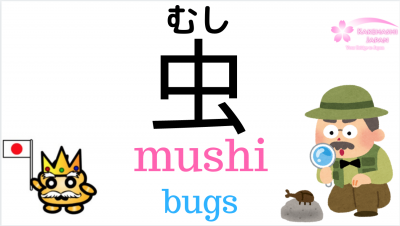
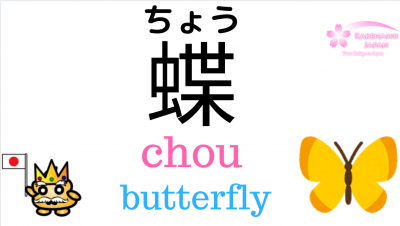
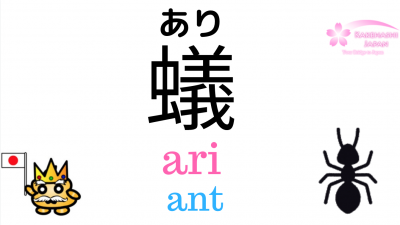
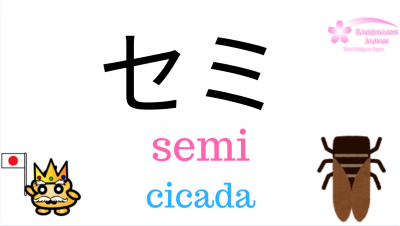
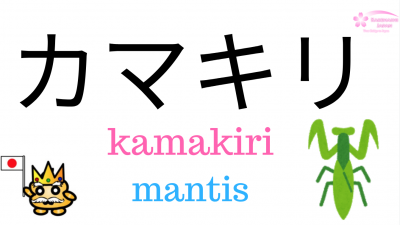
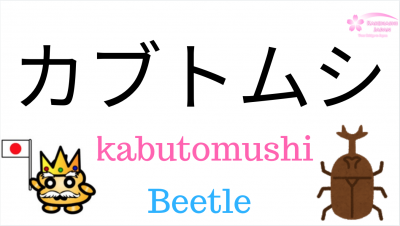
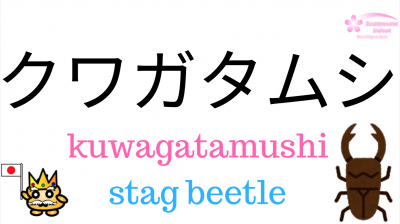
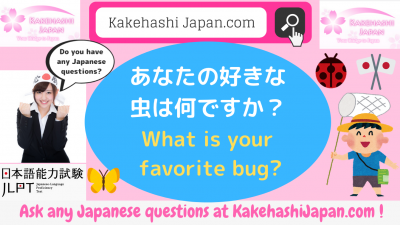
Japanese Vocab Lesson 1: Forest 森- Review Notes
Today we learned lots of Japanese forest vocabulary! In this review, we will list all the vocabulary words that were in the video and some that weren’t! Learn the Japanese words for fox, flower, mushroom, and many more!
………………………………………………………………………………..
Number 1:
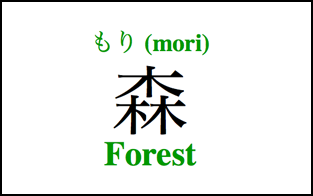
★ Today we visited the mori!
★ The kanji for mori is made up of three trees, representing a place with many trees, a forest!
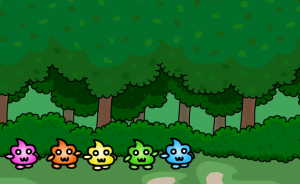
………………………………………………………………………………..
Number 2:
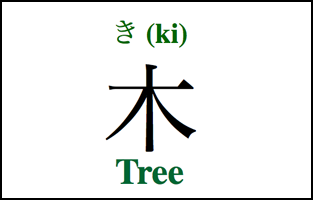
★ The first thing we noticed when we went to the forest is that there are a lot of trees! The Japanese word for tree is ki!
★ The kanji for ki looks just like a tree!
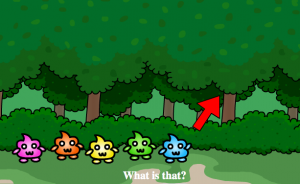
………………………………………………………………………………..
Number 3:
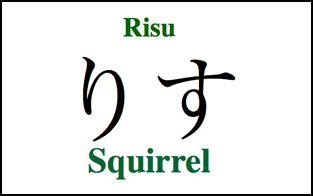
★ We saw a cute little squirrel too!
★ The Japanese word for squirrel is risu.
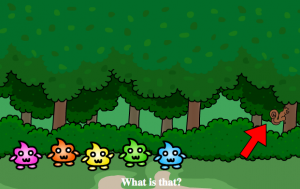
………………………………………………………………………………..
Number 4:
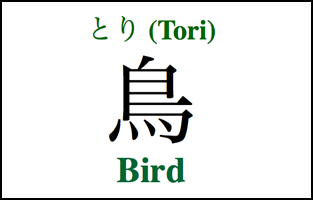
★ Tori means bird in Japanese!
★ Although there are specific Japanese names for different types of birds, as there are in English, tori can be used generally for any kind of bird!
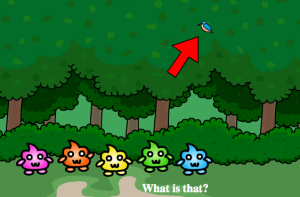
………………………………………………………………………………..
Number 5:
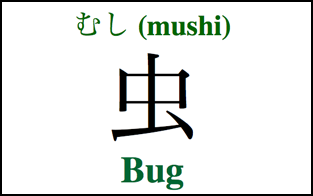
★ Mushi means bug in Japanese! There are a lot of mushi in the mori!
★ Although there are specific Japanese names for different types of bugs, as there are in English, mushi can be used generally for any kind of bug!
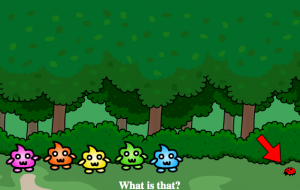
………………………………………………………………………………..
Number 6:
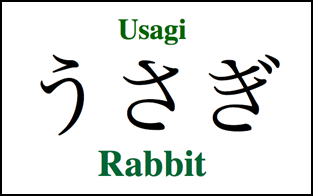
★ The Japanese word for rabbit is usagi!
★ The kanji for usagi is 兎(うさぎ)– although there is kanji for this word, many people just use hiragana or katakana to write it. This is the case for many animals.
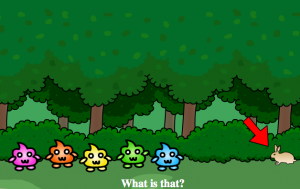
………………………………………………………………………………..
Number 7:

★ The Japanese word for butterfly is Chōcho.
★ Chōcho are so beautiful!
★ Another way to say it is Chō (ちょう) – The kanji for chō is 蝶 – This kanji is kind of difficult, so people often write it in hiragana or katakana. The kanji for chōcho is 蝶々 but just like the kanji for chō, it is not used very often.

………………………………………………………………………………..
Number 8:
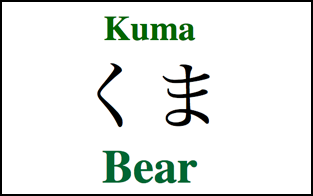
★ We also saw a kuma.
★ The kanji for kuma is 熊 (くま) – It is common to use this kanji, but it is also common just to use hiragana or katakana.
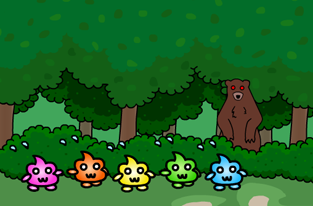
★ Kuma chan kind of scared us but I don’t think he meant to.
………………………………………………………………………………..
Additional forest vocabulary:
川 かわ kawa river
花 はな hana flower
狸 たぬき tanuki raccoon dog
アライグマ araiguma raccoon
狐 きつね kitsune fox
鹿 しか shika deer
(蛙) かえる kaeru frog
(茸) きのこ kinoko mushroom
(土竜) もぐら mogura mole
※The kanji in parentheses are not used very often. Most people just use hiragana or katakana for these words.
……………………………………………………………………………….
Conclusion:
We learned a lot of Japanese words on our trip to the forest! But there are always more Japanese words to learn! Study the additional vocab list to expand your Japanese knowledge! And of course, make sure to watch the next episode of our new Japanese vocabulary series!
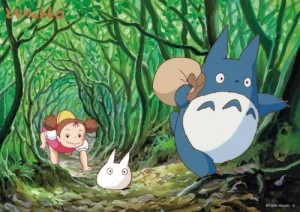
Tonari no Totoro (My neighbor Totoro) Movie
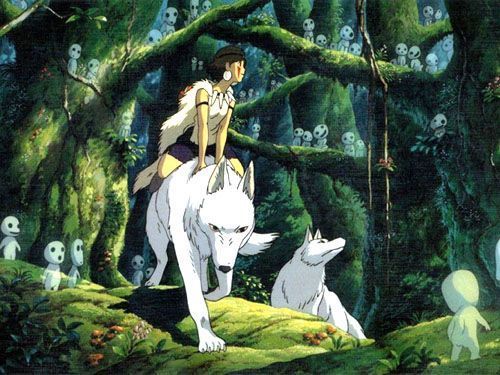
Mononoke Hime (Princess Mononoke) Movie
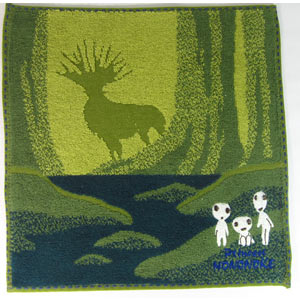
Princess Mononoke Forest Towel
………………………………………………………………………………..
Do you want a Japanese tutor?
Take Japanese Skype Lessons with Professional Japanese Teachers on kakehashijapan.com!
………………………………………………………………………………..
………………………………………………………………………………..





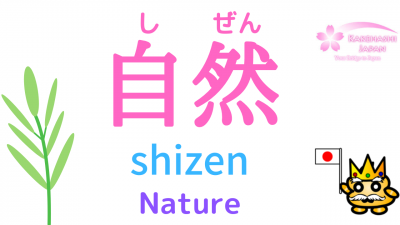
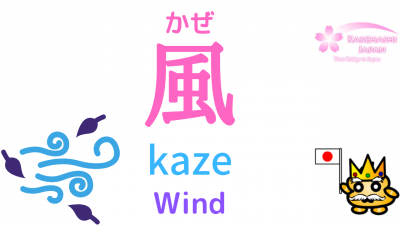
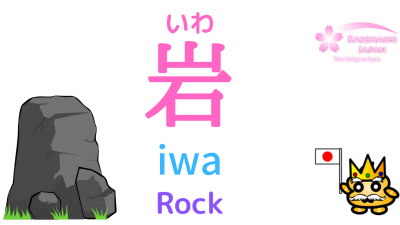
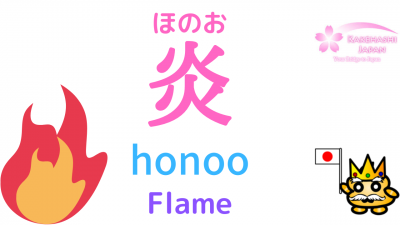
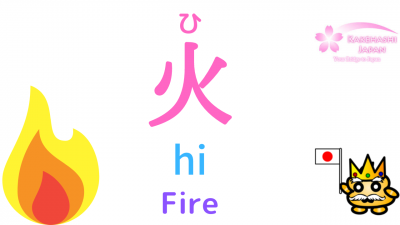
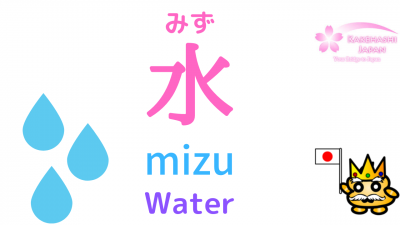
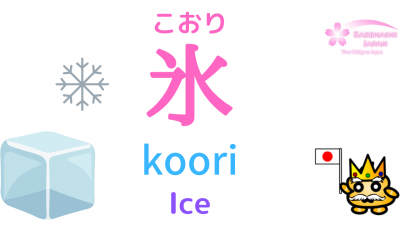
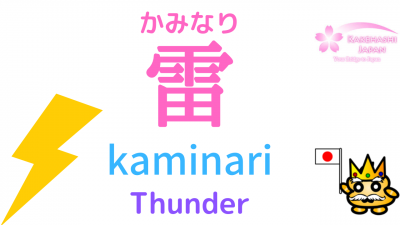
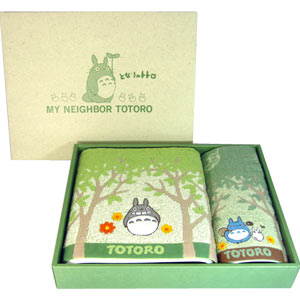



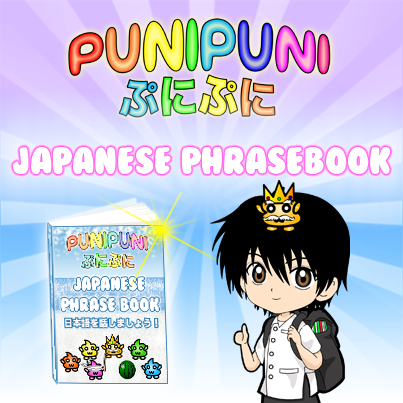

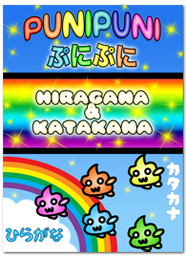
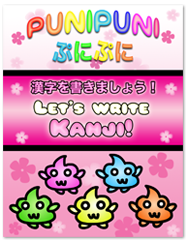
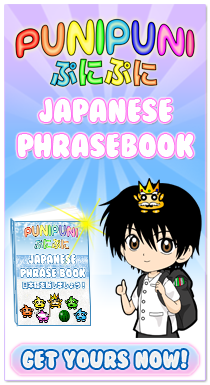

12 comments
Hello♪
Comment by Audrey on 09/01/2012 at 8:56 amFirst, thank you for your vocabulary lessons, it’s very cute and helpfull! It’s a easy way to know some words in japanese.
But I have a question: sometimes, the word is not written in kanji (like usagi, kuma). It’s because the kanji isn’t “important”? I mean, it’s not usefull to know them? I hope you understand my question, I’m not very clear…
Anyway, thank you again☆
Audrey,
Thanks for your comment! The reason that I was not including the kanji is because I thought it might look too difficult for some people. Some of these words have kanji, but they are not always used. But since you asked, I will include the kanji in the reviews and I will try to indicate whether it is used often or not(◕ω◕)♪ありがとう☆これからもよろしくね♪
Comment by PuniPuni on 09/01/2012 at 9:55 amArigato Godzaimasu! (I don’t think that I spelled that right…)
Anyways, thank you very much for your video. I have spent two years trying to find a website fun enough for both my daughter and I to learn Japanese. I’m very glad that I found it today, we will be looking forward to many more lessons. Thank you very much once again!
Comment by Michelle on 09/15/2012 at 7:58 pmわーい☆ありがとう!Thank you very much♪ We are very happy to hear that! If you have any Japanese questions, feel free to ask me anytime (◕ω◕)♪これからもよろしくおねがいします♥
Comment by PuniPuni on 09/17/2012 at 11:10 amThis virtual tour is an excellent way to understand foreign language vocabulary! 😀
Comment by Esha on 10/15/2012 at 7:12 pmありがとう!We are happy that you are learning from us! \(>ω<)/♥
Comment by PuniPuni on 10/17/2012 at 9:21 amWhat are they saying when they ask, “What is that?” It sounds like they’re saying “Are wa nan desu ka?” but I thought it was “Kore wa nan desu ka?” Please clarify. 😀 Arigato gozaimasu.
Comment by MewQueen on 12/21/2012 at 5:46 pmHai! \(◕ω<)/☆ They are saying "are wa nan desu ka?" "Are" means "that" in Japanese. "kore" means "this." So, if you say "kore wa nan desu ka?" it means "what is this?" Kore: "this" - used for objects close to the speaker Sore: "that" - used for objects close to the listener Are: "that" or "that over there" - used for objects far from both speaker and listener. I hope that helps \(◕ω◕)/♥
Comment by PuniPuni on 12/21/2012 at 7:32 pmHi, thanks for this awesome sites to learn Japanese. But I found some difficulties to memorize “katakana” than “hiragana”. Am I too stupid for katakana? 🙁
Comment by Isma on 06/30/2013 at 12:38 amTo be honest, I prefer to learn hiragana than katakana, though hehehe…
I’m sure you are not stupid \(◕ω<)/♥ Most people have a hard time learning katakana after they learn hiragana because it is almost the same thing so it is hard to get the motivation and the excitement to learn a similar thing again! But I'm sure if you keep practicing katakana, you will be able to master it! がんばって! P.S. If you have an iphone, ipad, or ipod touch and you want to try a fun way to study katakana, check out our game PuniPuni Kana Blaster! http://itunes.com/app/punipunikanablaster
Comment by PuniPuni on 07/01/2013 at 6:18 pmGoing through all these vocab lists making flashcards! Reading through this one again though, isn’t a tanuki a raccoon-dog thing, and a raccoon is well.. a raccoon? Or is it the same in Japanese?
Comment by MewQueen on 06/30/2013 at 7:14 pmごめんね!(>ω<)☆ You're right! I will change it. タヌキ (tanuki) translates as "raccoon-dog" and the raccoon that you are familiar with translates to アライグマ (araiguma). According to Wikipedia, タヌキ is native to Japan and other Asian countries, and アライグマ is native to North America.
Comment by PuniPuni on 07/01/2013 at 5:57 pm